Clay Pots: The modern way to care for plants
Clay Pots: The modern way to care for plants
When you contemplate gardening essentials, one of the first things that might spring to mind is a clay pot. These iconic containers have been a staple of gardens for centuries, earning their spot due to their classic appeal, superb versatility, and impressive durability. However, clay pots are not confined to the garden; they have a wealth of uses in various sectors and industries, and their unique features continue to make them a popular choice today. In this blog, we take a detailed look at the multitude of benefits they offer and why they remain a perennial favorite in a world of countless alternatives.
The Timeless Aesthetic Appeal of Clay Pots
One of the standout attributes of clay pots is their aesthetic appeal. With their rustic charm and earthy hues, clay pots effortlessly add a touch of traditional elegance to any setting.
Whether nestled in a lush garden, adorning a patio, or beautifying a modern apartment’s interior, clay pots seamlessly blend with their surroundings, enhancing the overall ambience.
A clay pot’s aesthetic versatility extends to its myriad designs and forms. Available in a range of shapes, sizes, and finishes, clay pots cater to a wide spectrum of tastes and purposes.
You can choose from petite pots perfect for succulents, large pots for sizable indoor plants, or intricately designed pots that serve as standalone decorative pieces. The choice is as vast as your imagination allows.
Versatility Beyond Comparison
It demonstrate exceptional versatility, proving their worth in numerous applications beyond merely holding plants.
Their inherent characteristics have made them an integral part of various industries and cultures. For instance, clay pots have been used as cooking vessels for thousands of years.
Their ability to distribute heat evenly makes them ideal for slow-cooked dishes, retaining the food’s natural flavor while keeping it moist and tender.
In the realm of home decor, clay pots, with their range of designs and styles, are an excellent option for adding a touch of class and creativity to living spaces.
They can also serve as creative canvases for DIY enthusiasts looking to add a personal touch to their decor.
This week’s popular products
Types of clay pots
Clay pots come in a variety of types, each with its own unique characteristics and uses. Here are some of the most common types:
- Terracotta Pot: Terracotta, which translates to “baked earth” in Italian, is one of the most common types of clay used for pots. Terracotta pots are known for their distinct reddish-brown color and porous nature, which is great for plant health as it allows the roots to breathe.
- Earthenware: Earthenware is a type of clay that is fired at low temperatures, resulting in a porous pot. Like terracotta, these pots are great for plants that prefer well-drained soil. However, they can be more fragile than other types of pots and are not as resistant to harsh weather conditions.
- Stoneware: Stoneware is a type of clay that is fired at high temperatures, resulting in a pot that is more durable and less porous than earthenware or terracotta. Stoneware pots can withstand harsher weather conditions and are available in a variety of glazes, giving them a wide range of aesthetics.
- Porcelain: Porcelain is a type of clay that is fired at very high temperatures, resulting in a very hard and durable pot. Porcelain pots have a shiny, glass-like finish and are available in a wide range of colors. They are very durable, but can be more expensive than other types of clay pots.
- Unglazed: These are pots that have not been fired with a glaze. They have a rough, natural appearance and are very porous. This type of pot is excellent for plants that prefer drier conditions, as the unglazed clay allows excess moisture to evaporate from the soil.
- Glazed: These pots have been fired with a glaze, which gives them a shiny, colorful appearance. The glaze makes the pots less porous, so they retain moisture better than unglazed pots. This type of pot is a good choice for plants that prefer moist conditions.
Remember, the type you choose depends largely on your specific needs, whether it be for gardening, cooking, or decorative purposes.
-
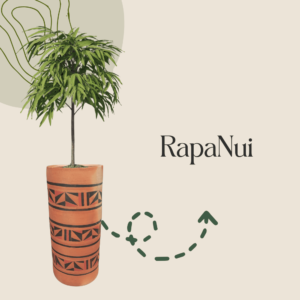 RapaNui$191.15
RapaNui$191.15 -
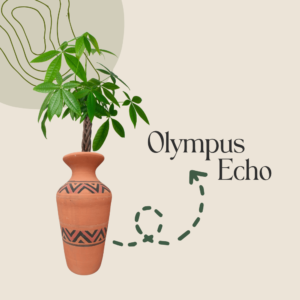 Olympus Echo$119.72
Olympus Echo$119.72 -
 Striped Whisper$7.16 – $22.72
Striped Whisper$7.16 – $22.72 -
 Temple Tales$4.30 – $7.16
Temple Tales$4.30 – $7.16 -
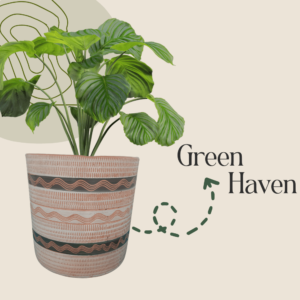 Green Haven$11.95 – $52.73
Green Haven$11.95 – $52.73 -
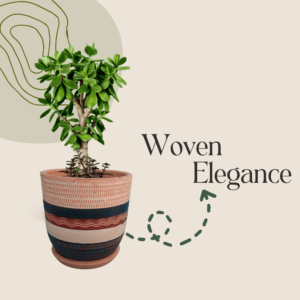 Woven Elegance$7.16 – $22.72
Woven Elegance$7.16 – $22.72 -
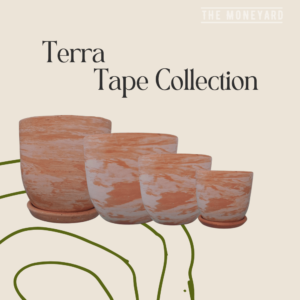 Terra Tape$7.16
Terra Tape$7.16 -
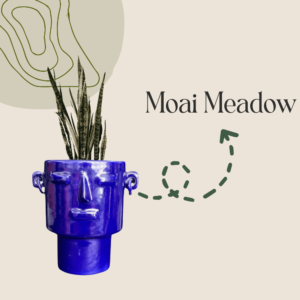 Moai Meadow$7.16 – $10.77
Moai Meadow$7.16 – $10.77 -
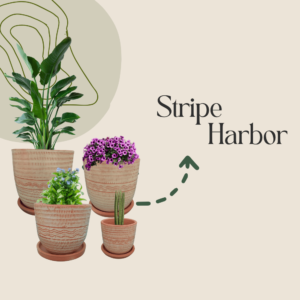 Striped Harbor$7.16 – $22.72
Striped Harbor$7.16 – $22.72
Exceptional Durability
When it comes to durability, few materials can compete with clay. If cared for properly, can last for many years.
Their robust structure, combined with the natural durability of clay, enables them to withstand various weather conditions, from the harsh summer sun to winter’s chill.
Moreover, they are resistant to the effects of UV rays, further enhancing their longevity.
In cooking, clay pots’ heat resistance is another testament to their durability. They can withstand high temperatures without cracking, ensuring their durability even in the intense heat of ovens and stovetops.
Cost-Effective and Sustainable
Despite their many benefits, clay pots remain a cost-effective choice for many.
The process of making clay pots is relatively straightforward and requires minimal materials, making them affordable for a wide range of consumers.
Furthermore, clay pots align with the rising trend of sustainable living. As they are made from natural materials, They are biodegradable and environmentally friendly.
They are a conscientious choice for those aiming to reduce their ecological footprint and promote a sustainable lifestyle.
Conclusion
In a nutshell, traditional clay is a testament to the enduring appeal of traditional, natural materials.
Their timeless aesthetic, coupled with their versatility and durability, make them a valuable addition to any home or garden.
Beyond their physical attributes, clay pots also embody a sense of nostalgia, connecting us with the age-old traditions of our ancestors.
Whether you’re a home gardener, an interior designer, a chef, or just someone who appreciates the natural beauty and practicality of clay pots, these time-honored containers deserve a place in your life.
When choosing, remember to consider their quality—like with any product, investing in good quality will pay off in the long run.
After all, the sweetness of a low price is often forgotten long before the bitterness of poor quality.
So, make a wise investment in high-quality clay pots today, and appreciate their timeless charm for many years to come.

